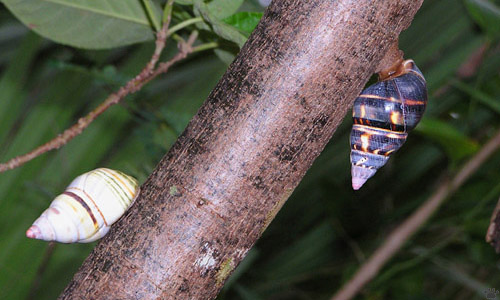
Florida tree snails (Liguus fasciatus), Everglades National Park. |
Florida, part 29: Mollusks
Wet, warm climate of Florida and its limestone soils should have made it a major hotspot of land snail diversity. But it never happened: this place is too hot for most northern species, and cut off by the sea from all tropical places. If there ever was a rich tropical fauna, it went extinct during the Ice Ages.
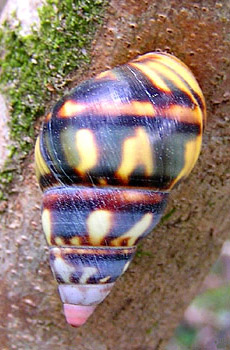 |
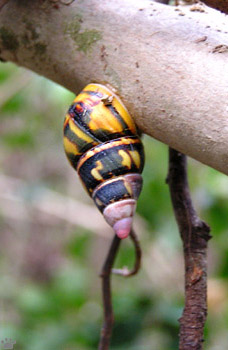 |
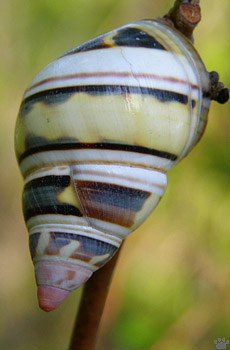 |
| Florida tree snails, ENP. |
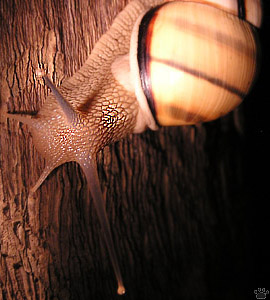
Florida tree snail, ENP. |
The huge potential of southern Florida for land mollusk evolution is illustrated by spectacular differentiation of Florida tree snail, a recent arrival from Cuba. There are already eight subspecies (although some have overlapping ranges and might not be valid) and dozens of color varieties, many confined to just one island or even one hammock. |

Florida tree snails making love, ENP. |
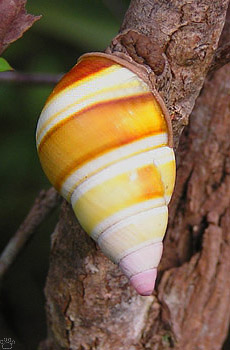 |
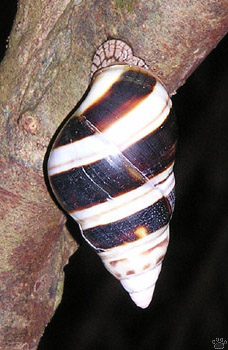 |
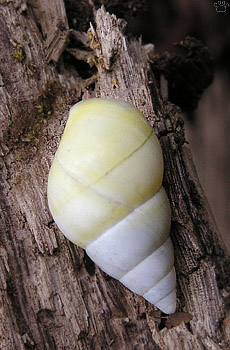 |
| Florida tree snails, ENP. |
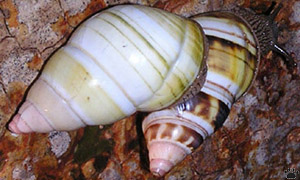
Florida tree snails, ENP. |
Unfortunately, some varieties are already extinct due to overcollecting and habitat loss. |
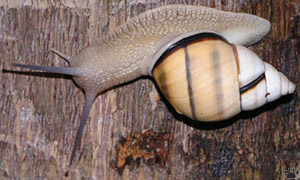
Florida tree snails making love, ENP. |
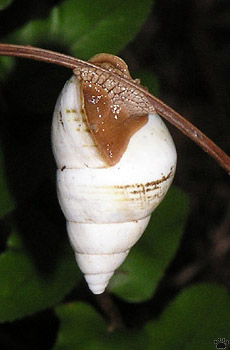 |
 |
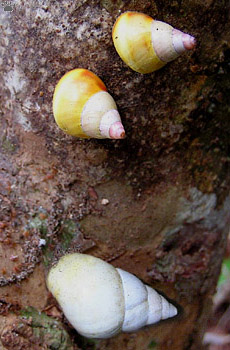 |
| Florida tree snails, Matheson Hammock State Park. |
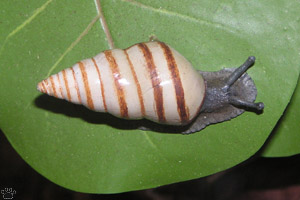
Banded tree snail (Orthalicus floridensis), Biscayne National Park. |
There are a few dozen other species of land snails and slugs, many of them introduced. |
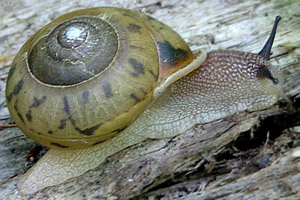
White-lip globe (Mesodon thyroidus), Suwannee River State Park. |
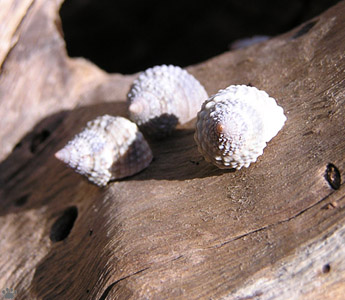 |
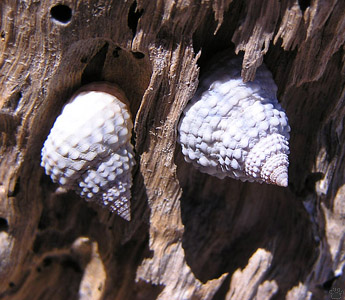 |
| Beaded periwinkles (Tectarius muricatus), MHSP. |
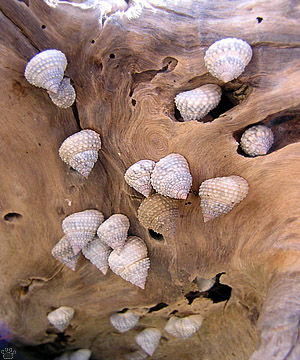
Beaded periwinkles, MHSP. |
There is a lot of beautiful snails on Florida coasts, reefs and sandy shallows, although some species are now rare after two centuries of pressure from seashell collectors, and recent reef die-offs. |
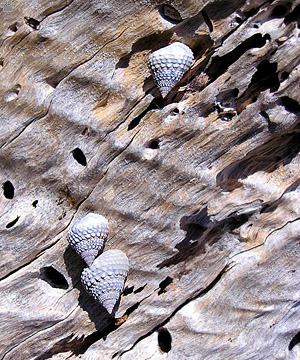
Beaded periwinkles, MHSP. |
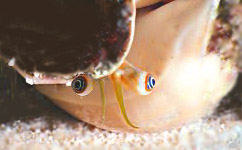
Queen conch (Strombus gigas), BNP. |
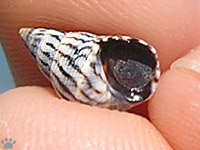
Zebra periwinkle (Littorina ziczac), MHSP. |
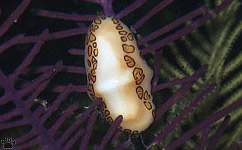
Flamingo tongue (Cyphoma gibbosum), BNP. |

Rooster-tail conch (S. gallus). |
When I was a kid growing up in Russia, I collected seashelss, and got a lot of Caribbean species, among others. |
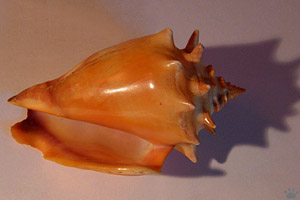
West Indian fighting conch (S. pugilis). |
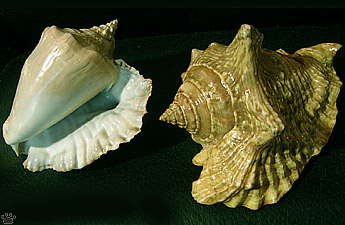
Hawk-wing conch (S. raninus). |
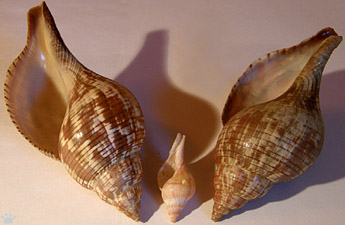
Tulip snail (Fasciolaria tulipa). |
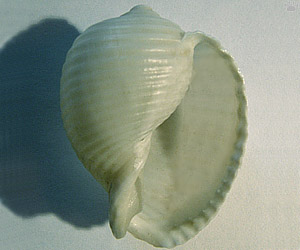
Giant tun snail (Tonna galea). |
Then I realized that every shell has been obtained by killing the animal that created it, and that world's seas were being wiped clean by commercial shell traders. |

Milk conch (S. costatus). |

Angular triton (Cymatium femorale). |

Atlantic triton (Charonia variegata). |
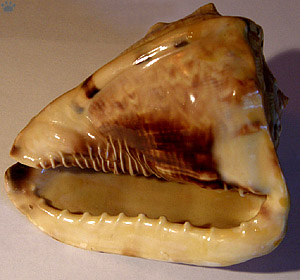
King helmet (Cassis tuberosa). |
Even old shells are almost never vacant - they are used by hermit crabs, octopuses, borer sponges, and other creatures, all of which die if you take the shell away from the sea. |
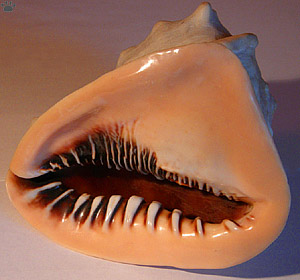
Clench's helmet (C. madagascariensis). |
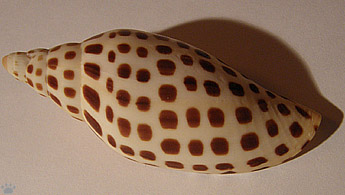
Juno volute (Scaphella junonia). |
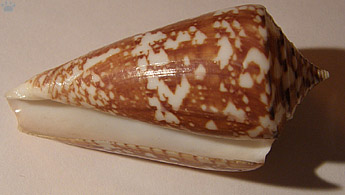
Crown cone (Conus regius). |

Long-spined star snail (Astraea phoebia). |
So I don't collect shells anymore, and prefer to see live mollusks underwater - many of them are much more beautiful than their empty shells. |
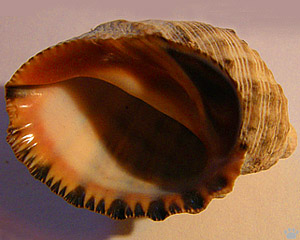
Wide-mouthed purpura (Purpura patula). |
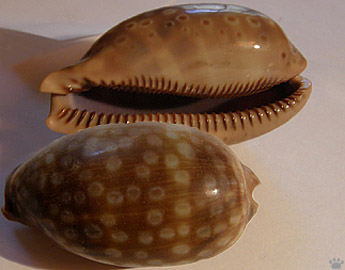
Measled cowrie (Cypraea zebra). |

Common purple sea-snail (Jantina jantina). |
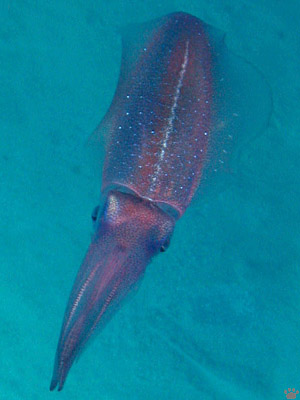
Caribbean reef squid (Sepioteuthis sepioidea), Cayo Costa State Park. |
Cephalopods are among the most fascinating animals in the world. Smart, fast and stunningly beautiful, they are always a pleasure to meet on a dive. Caribbean reef squid is the most commonly seen species. |
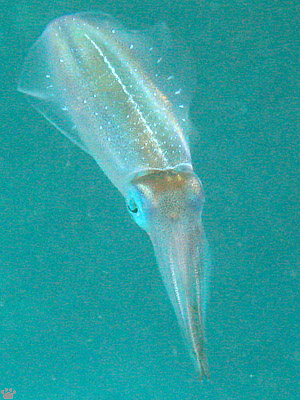
Caribbean reef squid, CCSP. |
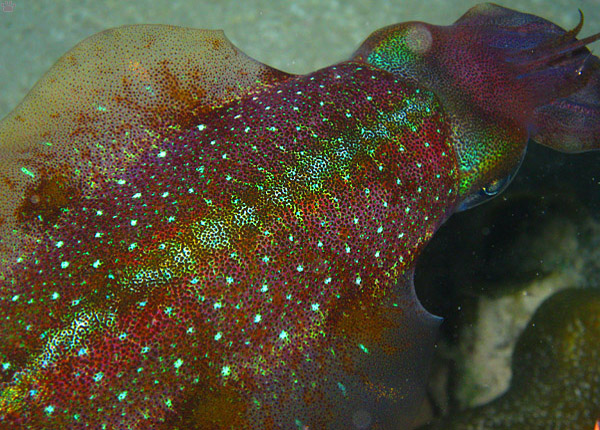
Back of Caribbean reef squid, CCSP. |
Part 30. Other living things
Back to Part 28
Home
|









































